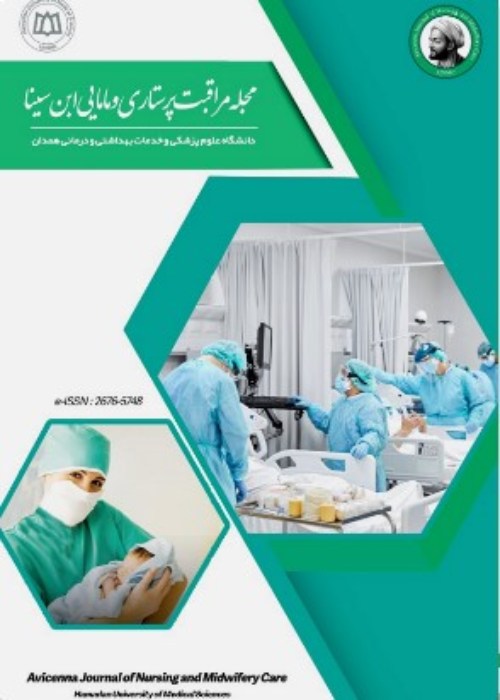Design and Psychometric Properties of the Persian Version of Hysterectomy Women's Educational Needs Questionnaire (HWENQ)
Despite that hysterectomy is the second gynecological surgery and providing the necessary information about this surgery will help womenchr('39')s positive perceptions of health care experiences, there is no comprehensive tool for examining the educational needs of women with hysterectomy. Therefore, the present study was conducted with the aim of designing and psychometric evaluation of the womenchr('39')s educational needs questionnaire after hysterectomy.
The initial version of the questionnaire of this methodological study was compiled by deductive and comprehensive overview of related resources considering the point of view of a group of specialists and women with hysterectomy history. The face and content validity of both qualitative and quantitative data and reliability of the questionnaire in the dimension of internal consistency and then the repeatability were examined.
Developing the questionnaire for womenchr('39')s educational needs after hysterectomy and psychometrics led to the formation of a questionnaire for womenchr('39')s educational needs after hysterectomy with 44 questions and in 5 dimensions: physical, mental, sexual, care and other needs. The CVR index for all items in the questionnaire except for one item was above the Lawshe table criterion, which indicated the importance and necessity of each item. The CVI for each item was above 0.79 and was therefore considered appropriate. Also, the reliability of the instrument in terms of internal coherence by examining the Cronbachchr('39')s alpha coefficient for the whole instrument was 0.90. Measurement of the repeatability index at two-week intervals showed that the instrument was stable (ICC= 0.97, P<0.001).
The Hysterectomy Womenchr('39')s Educational Needs Questionnaire is valid and reliable. It can be used by public health researchers and health system policy makers to provide patient-centered health services based on the needs and priorities of patients.
- حق عضویت دریافتی صرف حمایت از نشریات عضو و نگهداری، تکمیل و توسعه مگیران میشود.
- پرداخت حق اشتراک و دانلود مقالات اجازه بازنشر آن در سایر رسانههای چاپی و دیجیتال را به کاربر نمیدهد.


